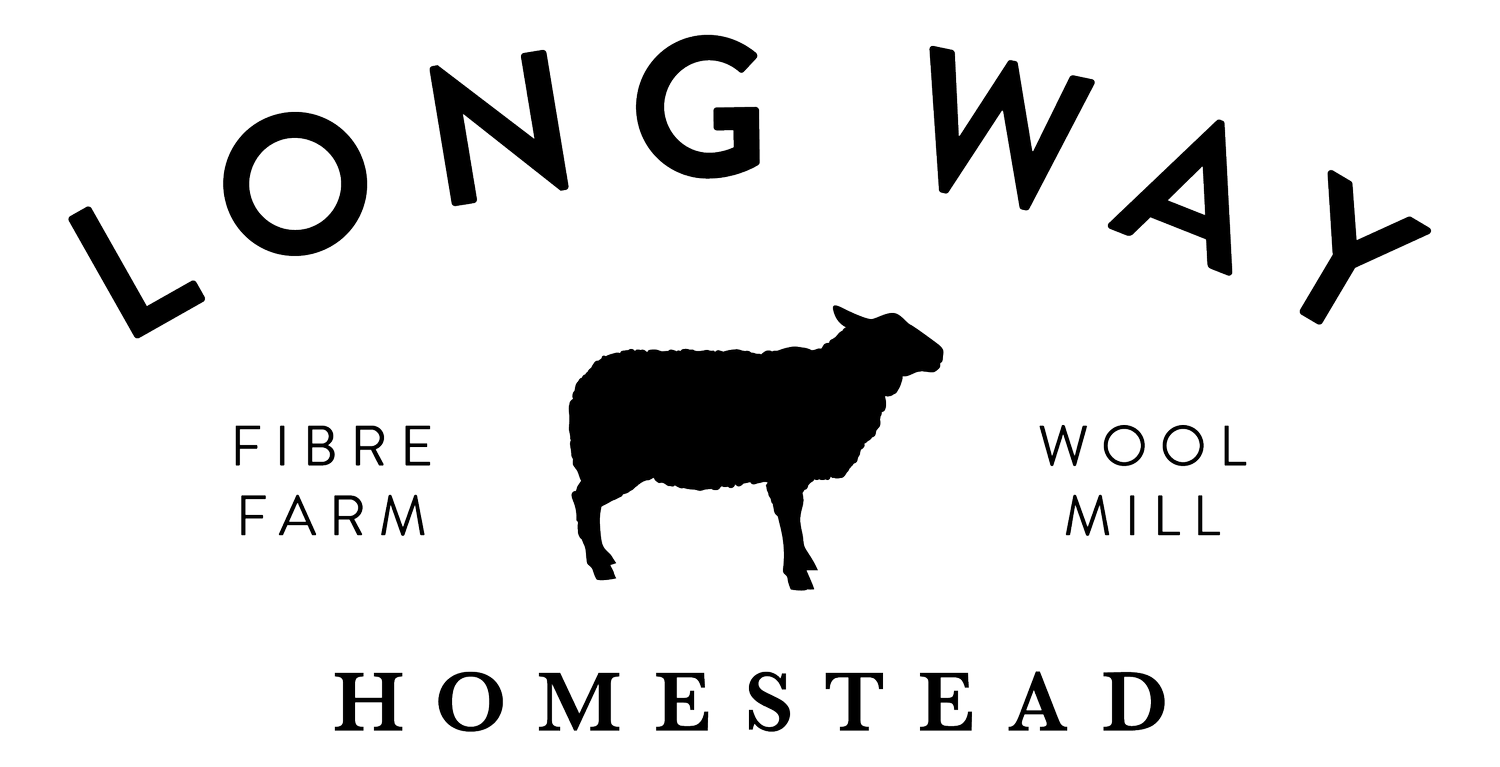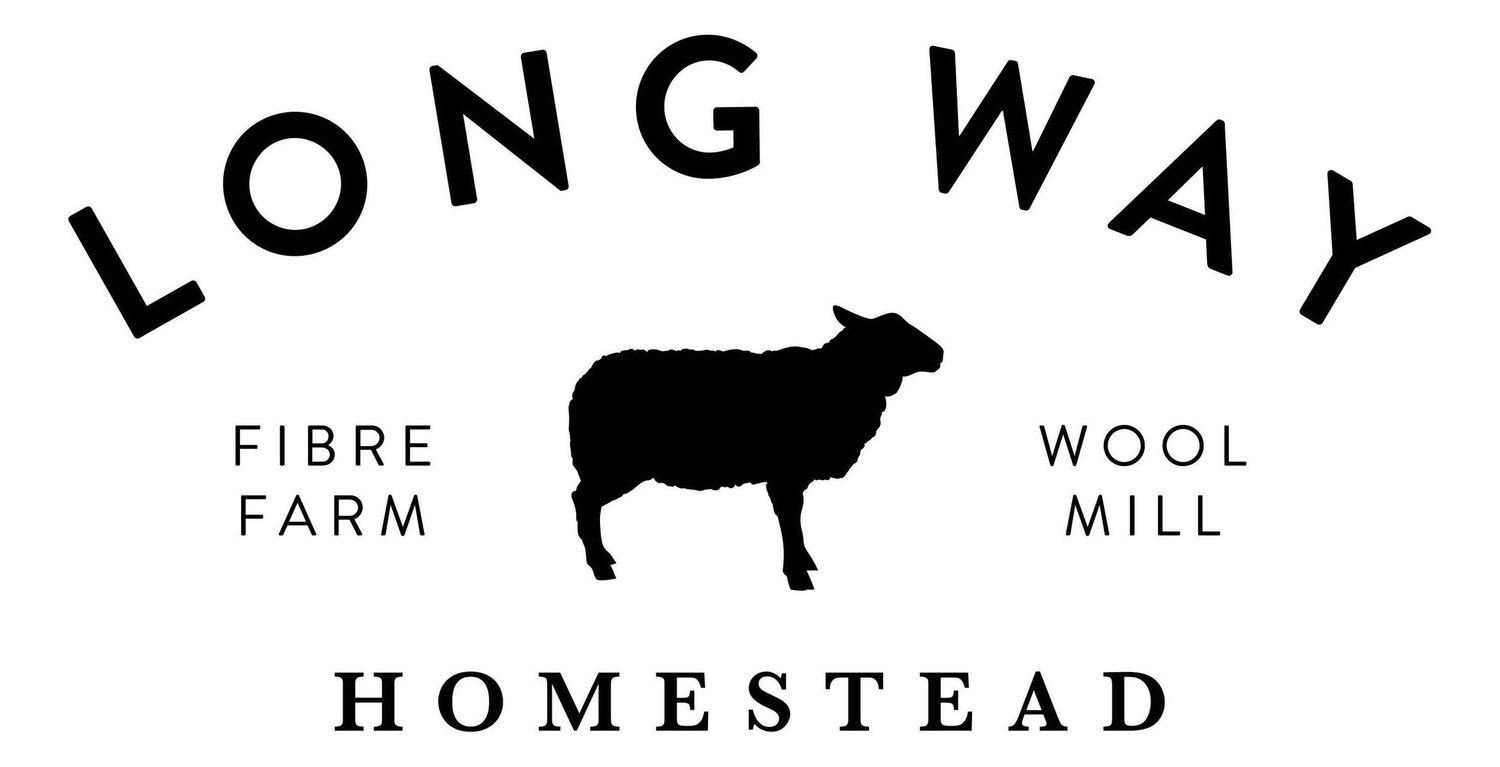Clun Forest
The Clun Forest sheep is from the welsh border area of Britain and is mostly found in the UK, Canada and the USA.
The breed was first imported to N. America in in 1959 but the breed disappeared shortly after. But then in 1970 a Nova Scotian shepherd named Tony Turned imported 40 ewes and 2 rams and reinvigorated the North American population of the breed.
They thrive in open pastures or ranges and wooded hills. They are a breed made from a mix of Shropshire and Ryland breeds. The breed is very good mothers and very prolific. The breed standard is dark faces and legs with a woolly forelock.
Clun Forest is raised for meat, but the wool is not to be overlooked. It is a very uniform wool and is considered a down wool – meaning a short staple, low luster and lots of elastic crimp. Clun Forest wool is always white and is very dense.
The wool from Clun Forest sheep will be hard wearing and also very full bodies. It is good for flannels, hard wearing mittens, tweeds or felts. It is also great for stuffing for pillows or duvets as it will maintain it's loft!
The fleece will take dye nicely, but doesn't have any lustre. It has a lot of body in it and will show texture or lace well too!
Staple length: 2.5 - 4" inches
Fibre diameter:25 - 28 microns
Fleece weight is between 4.5 - 6.5lbs
Shape: Rectangular, blocky locks with defined crimp
Loch Lomond Livestock
We source our Clun Forest wool from Brooke Aitken and her family farm in Eyebrow, SK.
They have a large flock of cattle and sheep that they run on a large range of forage and native prairie. You can learn more about the farm here.








